Modern TVs are messing with your movies
Venkata Sri Saiveer Chelliboyina
There is a clear difference in Christopher Nolan’s The Dark Knight in standard mode compared to filmmaker mode.
September 23, 2022
Modern TVs have a lot of bells and whistles like vibrant colors, HDR enhancements, and buttery-smooth 120hz panels. While these high-end features may be eye-catching at a store such as Best Buy, they can have the opposite effect at home. TV manufacturers use words like “4K Upscaling” and “Deep Learning AI” because taking the content of any form and up-scaling its visuals is a marketable idea. This technique comes at the cost of the creator’s and colorists’ original intentions.
TVs usually come with four different modes, the standard picture mode, dynamic mode, natural mode and movie mode. The dynamic mode is for bright rooms which raises the brightness of the screen while the natural mode is for darker environments that claim to reduce eye strain. Movie mode has a reddish hue to replicate the warmer white balance movies are originally produced in. This mode is more accurate, but it is not the color temperature that audiences are used to. Standard mode generally alters the picture the least, but even that is not what it suggests. In the last two years, a new preset called Filmmaker mode was introduced with the same name across brands. The mode claims to turn off the visual modifications and provide the content as it was intended by the creator.
The opening scene of Peter Jackson’s Lord of the Rings: Fellowship of the Ring in standard mode and filmmaker mode on a modern Samsung TV in a dark room
In the opening scene of Peter Jackson’s Lord of the Rings: The Fellowship of the Ring, the standard mode increases the saturation of the leaves and the background. It also sharpens the foreground, as is evident by the sharp white lines in the tree bark and Frodo’s hair. The over-saturation and sharpening make the image look vivid like a Van Gogh painting. Oftentimes these changes go against the director’s intentions, which is the case for the next example.
Denis Villeneuve’s Arrival showcases the impact coloring and saturation have on the tone and atmosphere of the movie
In Denis Villeneuve’s science fiction drama Arrival, drab and eerie colors are crucial to the paranormal atmosphere. In this case, the over-saturation of the orange jumpsuits and the grass contradict the intended tone. The whitening at the edges of the spaceship goes against the aesthetic of the movie.
Convoluted TV menus make it tough to tone down these alterations, but Filmmaker mode offers a one button solution. This is only one side of the problem. The other part is motion smoothing, and it has to do with video interpolation.
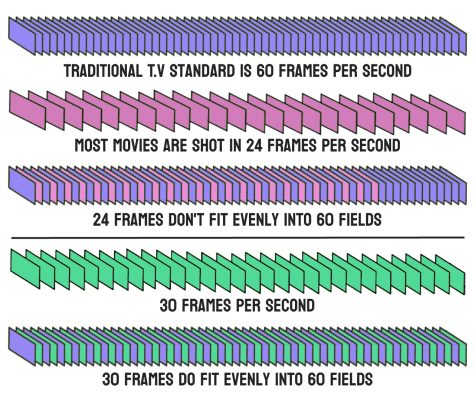
Video interpolation is hard to explain since there are various implementations, but here is the overarching idea: TVs have always held a 60 Frames Per Second (FPS) standard for broadcasting shows and programs. Movies are produced at 24 FPS. Since 24 frames do not work well in a 60 frames framework, every 4 of the 24 frames convert to 5 frames, turning 24 frames into 30 frames. Now each of the 30 frames can be displayed twice to be compatible with the 60 FPS framework.

This process by itself does not cause any problems. Motion smoothing occurs when a T.V creates too many new frames in between the existing frames in an attempt to make motion appear more fluid. This often causes an off-putting smoothness that detracts from the cinematic feel of movies and makes the content look cheap. This is the “Soap Opera Effect,” and is prominent in more modern TVs that use a 120 FPS or higher framework because there is more room for the motion to smooth out with counterfeit frames.
Filmmaker mode turns all that off too. Filmmaker mode works best in dim or dark rooms because that is the viewing environment movies are meant to be seen in. Using this tool to watch your movies as they were intended will stop TV processors from ruining the experience.

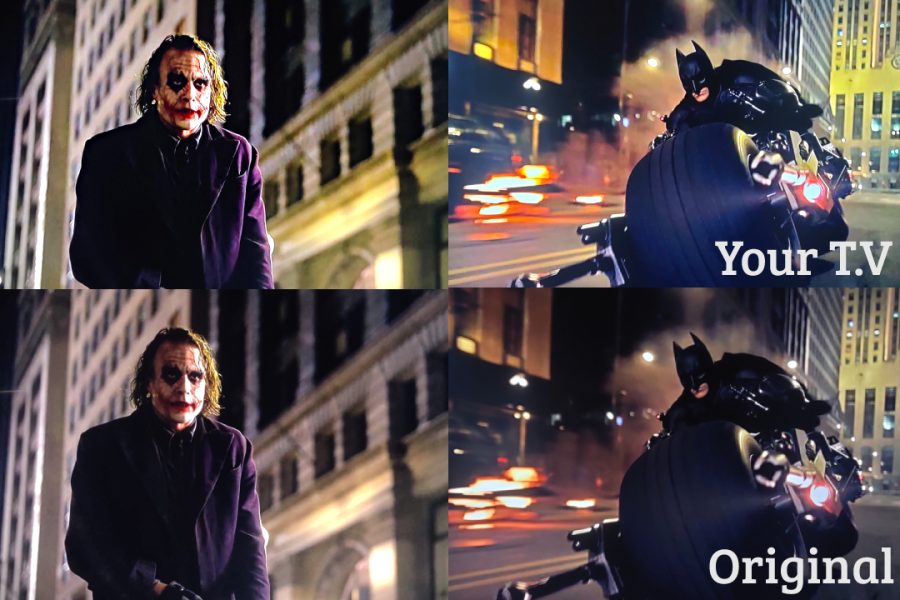

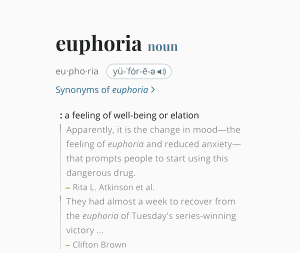




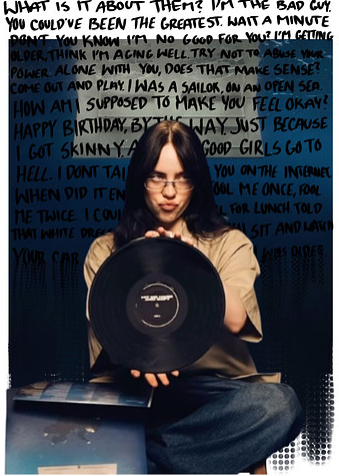
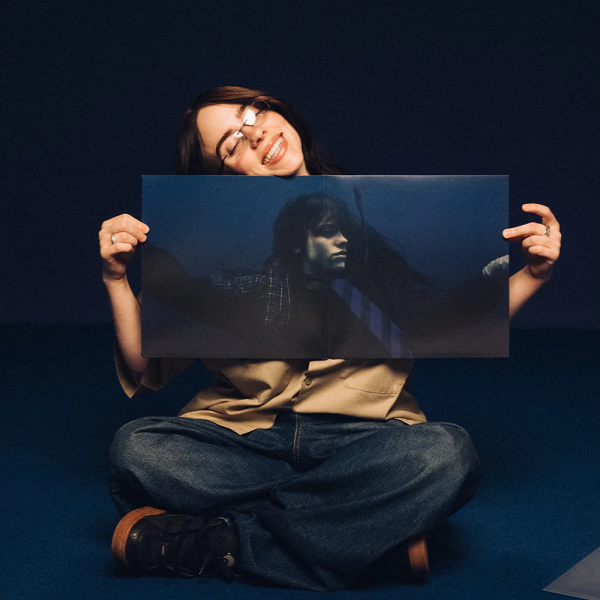




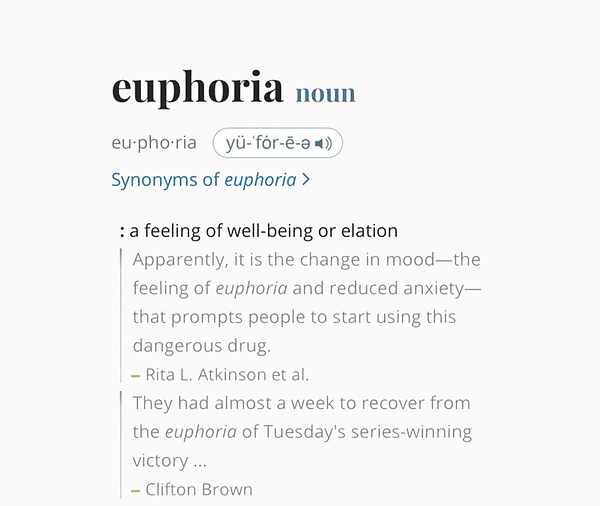



Alvin • Sep 24, 2022 at 9:51 am
If you watch movies in motion smoothing for awhile, it will take time for you to re-adjust back to 24fps motion. The movies will look extra jumpy for a while